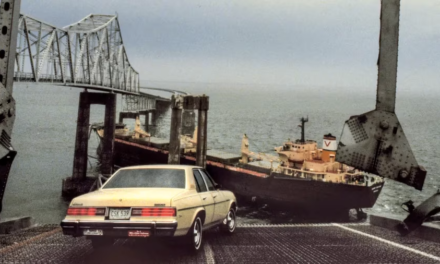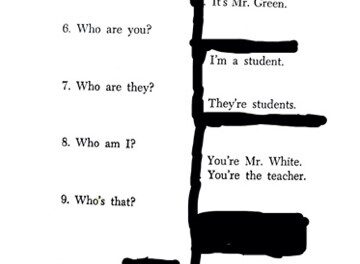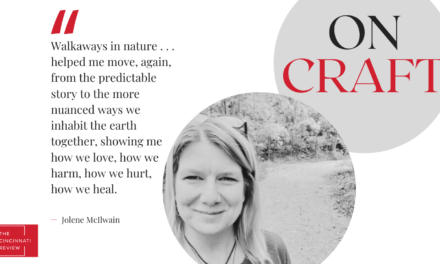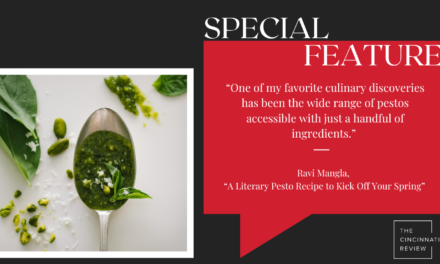Each new issue of The Cincinnati Review is like a baby to us. We nourish it, change it, tell funny anecdotes about it, and murmur gentle encouragements in its ear about the amazing lit mag issue it will someday become. And then, when the new arrival comes along, we crowd the older children into a cramped room and forget them. Just kidding! We love all of our kids. Which is why, as we inch closer to the birth/release of issue 9.2, we want to feature some excellent commentary from a few of our 9.1 contributors. None of the following has anything to do with the convoluted metaphor above, but these poets all found source material in elemental artifacts and environments.
Moyra Donaldson: A few years ago, a friend gave me a beautiful Thai stone Buddha for my birthday. Straight-backed and elegant, he sits on a railing outside my kitchen window, where I can see him every time I glance outside. The Buddha wears all weathers with equal equanimity, a cape and cap of snow in the winter; unblinking in the summer sun. Crows regularly perch on his head. I came to think of him as “the patience of stone,” and around that phrase, my poem “Rock” gathered and grew.
Sara Gelston: I’m a big rock and shell thief. Despite the posted signs in national parks and public beaches forbidding it, I always wind up bringing a fistful back to my house in the Midwest. Shells from Spain and San Diego become mixed with those from Maine, my home state. Dog whelks probably outnumber them all. They’re tiny, a dime a dozen, and while they have a completely benign exterior, they’re actually quite ruthless. If they’re hungry, desperate enough, they’re not afraid to turn on each other, consuming whoever is closest. Is this so unlike us, I wondered? How is the world we live in really that much different? “Dog Whelk” wound up being part of a small series that formed with these ideas in mind.
Susan Grimm: Last fall, I went to Kelleys Island with a group of writers I’ve known for a long time. I was feeling like the tail end of something, drearing across the lake aboard the ferry and dragging my books and extra water out of my car and into the house. We stay at an old farm house that backs up to one of the quarries. Just a short walk up the road is the nature preserve with its path to the lake. That beach is the location of the poem, and the source of the poem. Everything in the poem really happened. (I know you’re not supposed to say that.) At the island store, I bought a steno notebook, and I wrote the poem the day after in the very early morning in the farmhouse kitchen. The beach and the sun and the lake and the wind were a whip driving me back to awareness.










